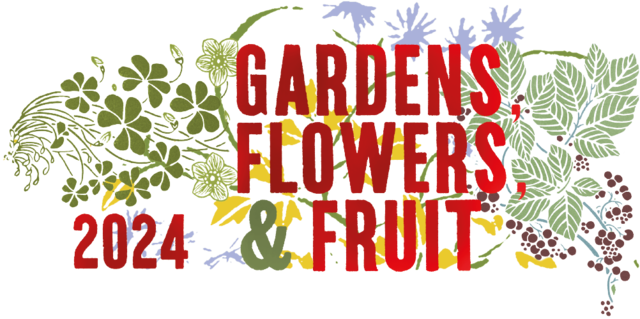Two Cherry Dishes from Medieval China: A Fruit of Ritual Reciprocity and Sensual Imagination

Full description
Before European missionaries introduced sweet cherries (Prunus avium) into China in late nineteenth century, Chinese epicures had been relishing their native sour cherries (P. pseudocerasus). Different from the Japanese cherry (P. serrulata), renowned for its spring blossom, the Chinese cherry is both a flowering tree and a luscious fruit. While the fruit came to be an object of connoisseurship, inspiring artistic presentations and innovative dishes, it was also endowed ritual, political, and cultural meanings. This essay explores Chinese cherries (yingtao) in premodern era as represented in archaeological, agricultural, medical, and literary texts. I begin with Chinese cherry’s nomenclature, botanical features, and cultivation practices. The bulk of this essay zooms in on two cherry dishes from medieval China (seventh to thirteenth centuries): cherry dumplings and honeyed cherry, appearing on both elite tables and daily markets. Their very occurrences reflected the socio-cultural milieux, technological advancements, and linguistic shifts at each historical point. The third section makes a foray into the multivalent symbolisms of Chinese cherries, a fruit of ritual reciprocity and sensual imagination, and concludes with a reflection on the continuities and discontinuities of cherry lore in contemporary China.
- typeImage
- created on
- file formatpng
- file size497 KB
- container titleGardens, Flowers, and Fruit: Proceedings of the Oxford Symposium on Food and Cookery 2024
- creatorZihan Guo
- publisherEquinox Publishing Ltd.
- publisher placeSheffield, United Kingdom
- series number2024
- series titleOxford Symposium on Food and Cookery
We use cookies to analyze our traffic. Please decide if you are willing to accept cookies from our website. You can change this setting anytime in Privacy Settings.
